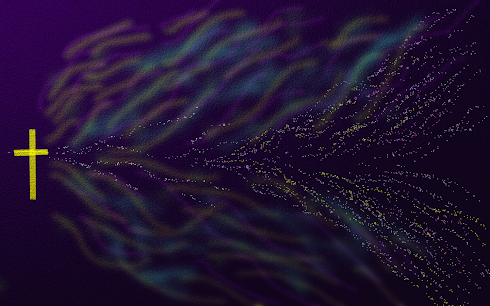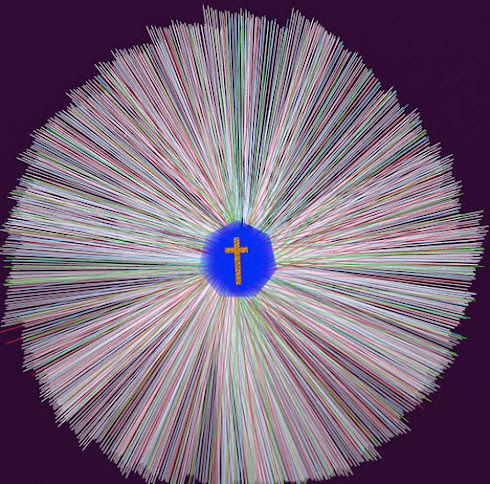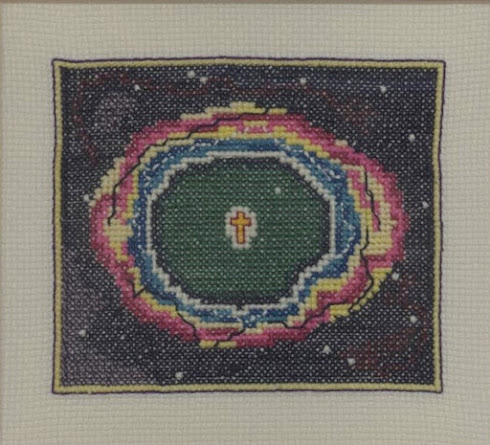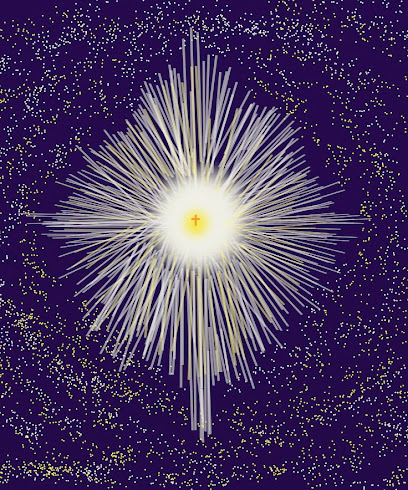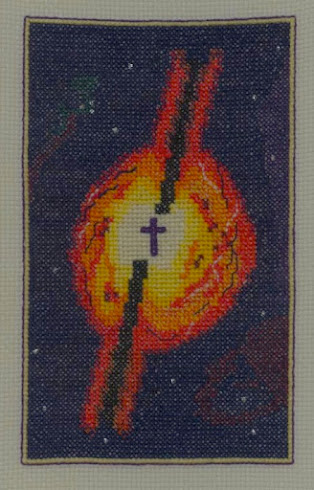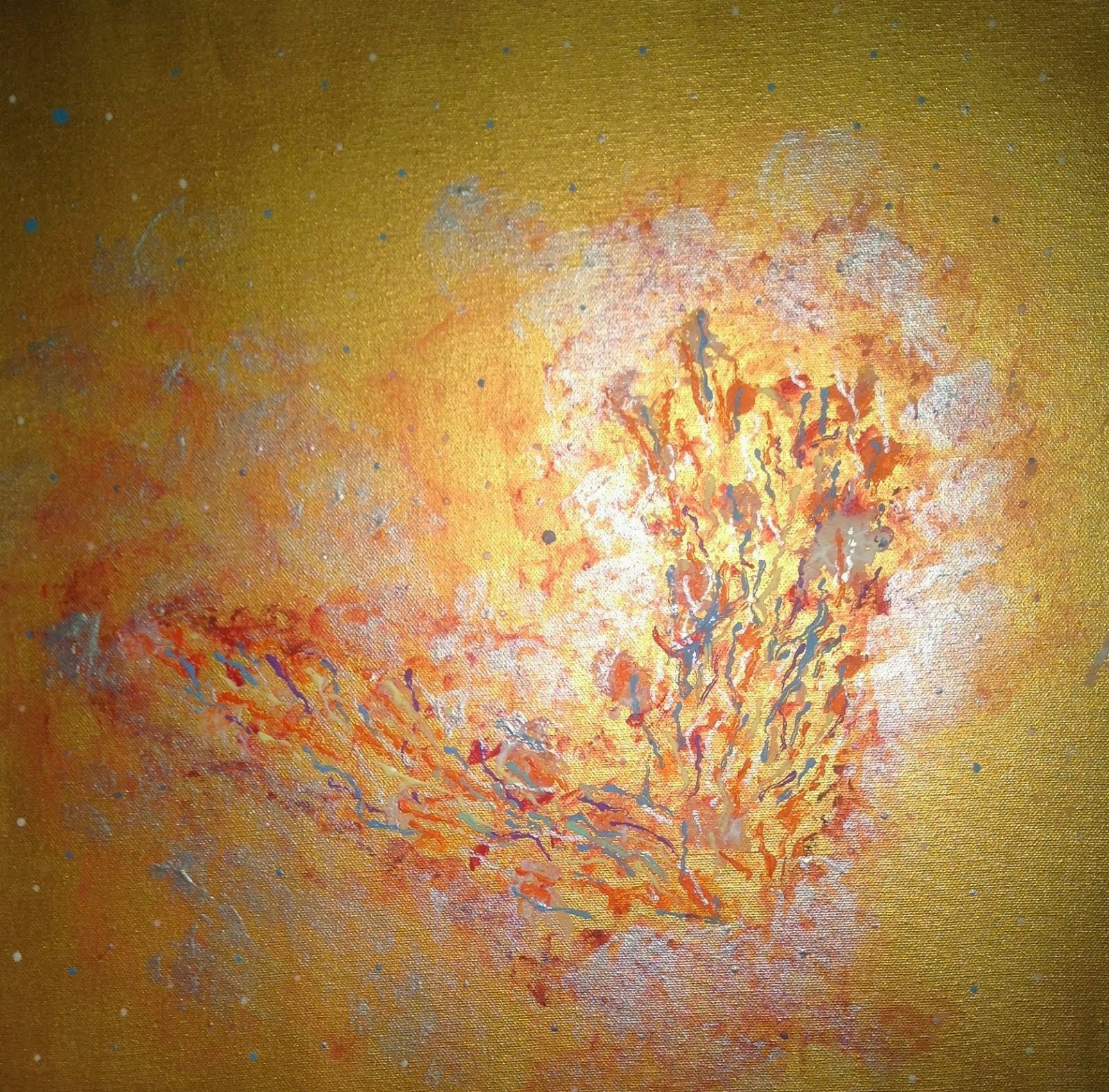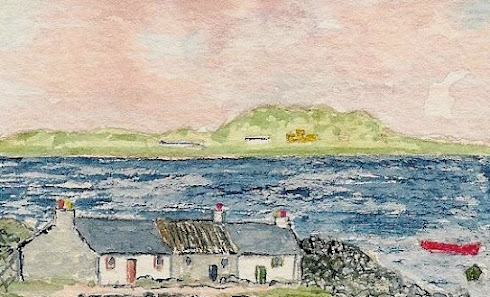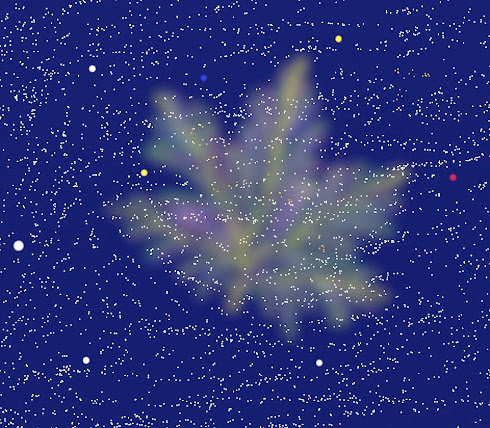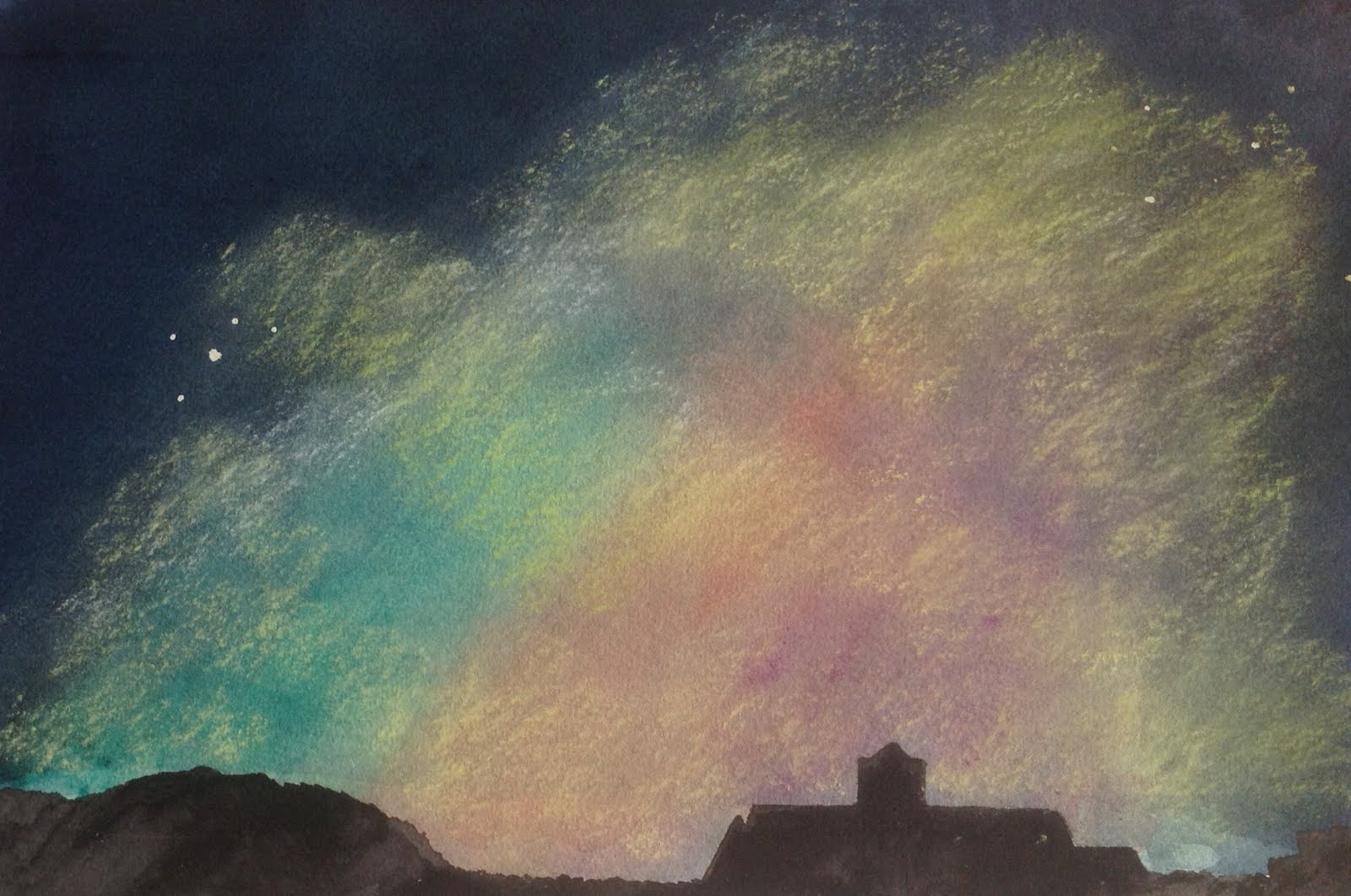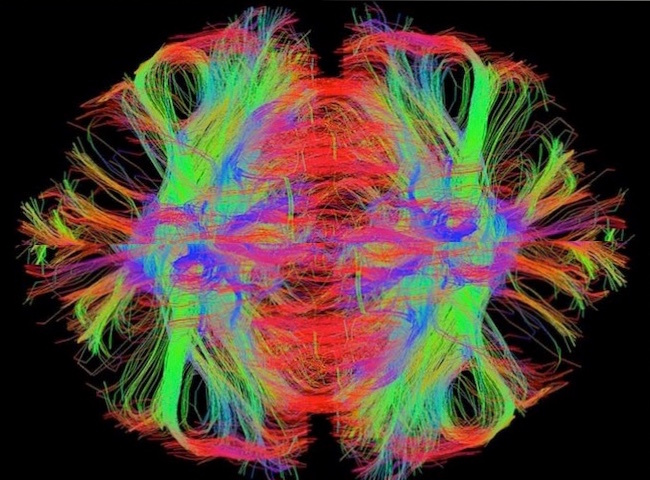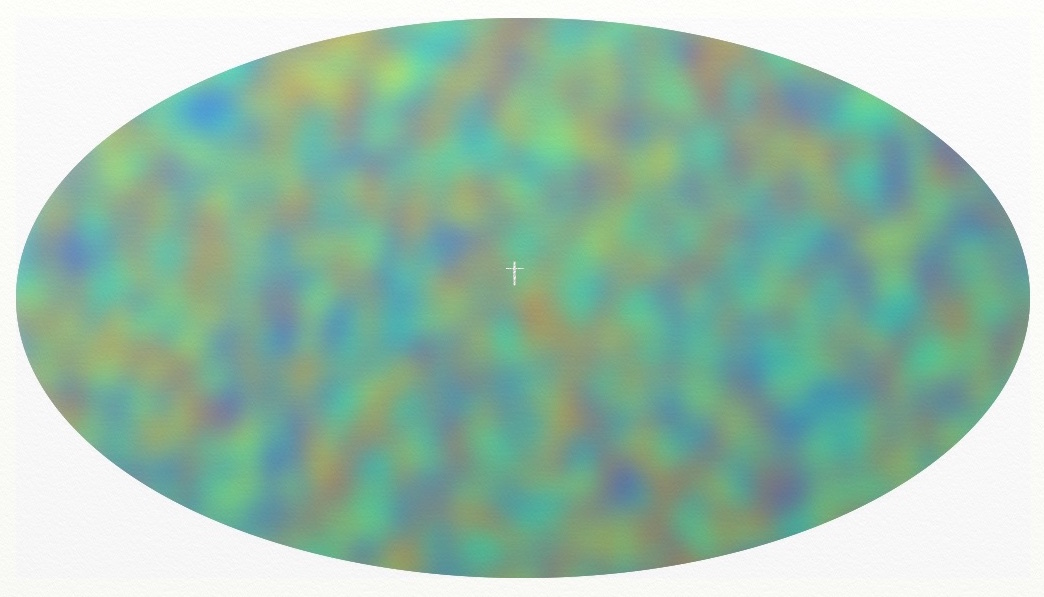Notes for Parents, Teachers and Leaders . KEYNOTES (FAQ’s): Part 1
Here are some brief notes on some of the key current concepts that may be helpful in encouraging children to think about the words in the songs. Each note after the first shows the songs where these ideas appear. In Part 2 which follows, a small number of sources are listed that will enable mums and dads, teachers and leaders to keep more up-to-date with research in the better reported scientific fields. As this note will appear as a very long one on screen, these are the topics you will find in the body of this post:
* What does science say about creation? The Big Bang
* When did earth form?
* What is a Galaxy?
* What are Constellations?
* How far is a light year?
* What is a planet? And what is an exoplanet?
* Could we visit any exoplanets?
* How does Gravity work?
* What should we understand about Evolution?
* What is DNA and how important is it?
* What do we understand about the Dinosaurs and the way they were wiped out?
* What is the significance of beauty in animals, birds, fish and plants?
* How should we understand Climate change/ Climate chaos in the context of our faith?
* How should we understand the importance of biodiversity?
* How can I update this information?
* When did earth form?
* What is a Galaxy?
* What are Constellations?
* How far is a light year?
* What is a planet? And what is an exoplanet?
* Could we visit any exoplanets?
* How does Gravity work?
* What should we understand about Evolution?
* What is DNA and how important is it?
* What do we understand about the Dinosaurs and the way they were wiped out?
* What is the significance of beauty in animals, birds, fish and plants?
* How should we understand Climate change/ Climate chaos in the context of our faith?
* How should we understand the importance of biodiversity?
* How can I update this information?
Q. Why link faith and science in the way they are in this book?
A. Science, technology and healthcare are all around us. Invite children to list what comes under these three headings in their homes. If we believe that God is the creator of everything, all of these must be within God’s domain. When science shows us how something special takes place, which children might regard as a ‘Wow!’ moment, that is a time for praise and thanksgiving. If Christians are willing to engage with the themes of science, we will be able to comment far more readily on the impact of science and the moral and ethical issues it gives rise to.
Q. What does science say about creation? The Big Bang
A. Many scientific disciplines agree with the understanding that creation started with the ’big bang’ which happened about 14 billion years ago. Sciences that point to that understanding include Astrophysics, Palaentology, Physics, Astropalaentology, chemistry, Astrochemistry, oceanography, vulcanology, geology, mathematics. The concept of the big bang arises from the fact that both Edwin Hubble and The Revd George LeMaitre used very thorough observations of stars and galaxies and realized they were moving apart from each other: the universe is expanding. By calculating backwards, those observations indicated that the universe had sprung from nothing. And that at the moment creation began, an extraordinarily dense concentration of matter started to expand and took on a primitive shape which 380,000 years afterwards expanded massively in a further phase that is called ‘inflation'.
Relates to songs: Creation: Creation –I Believe: Endless Love: God Made This Great Universe: God’s Masterplan: I’m making Friends with Science: How Did I Get Here? I’m Making Friends With Science: In Genesis The Bible Tells: Iron Down Below: Our Tiny Earth Revolving: Sing it Loud and Sing it Proud: Sing of Faith and Science: The Bible Starts with Awesome Tale: Whirligig Beetles.
Q. When did earth form?
A. The beginnings of earth are much later than the Big Bang. Our sun is a second generation star which means it has been formed from the dust and gases of earlier stars that exploded as a nova or supernova. It is about 4.5 billion years old. Throughout the Universe, there are stars dying and new stars being formed all the time. When a star dies, it give rises to incredible heat and light emissions. It is the intense heat and pressure of those explosions that give rise to the elements heavier than hydrogen and helium which are the principal composition of any star. As our sun gradually expanded, rocks and gas began to move in orbits around the sun. Some of these grew by their gravity attracting matter in their vicinity, so the solar system grew up around the sun with rocky planets (Mercury, Venus, Mars, Earth) and gas giants (Jupiter, Saturn, Uranus, Neptune, Pluto).
The genius of the Bible’s cosmology is that although the scriptures date back several thousand years, were founded on spoken early traditions and incorporated ideas from other contemporary beliefs, the fundamental concept is that creation is a staged process and not a single moment when everything suddenly emerged fully formed.
Relates to songs: Creation: Creation – I Believe: God Gave Us This Lovely Earth: God Made This Great Universe: In Genesis the Bible Tell’: The Bible Starts with Awesome Tale.
Q What is a Galaxy?
A. A galaxy is a vast concentration of stars – often as many as a billion. Galaxies take different forms such as spirals, barred spirals, elliptical and irregular. The most common is a spiral and our sun is in the outer reaches of a spiral. The whirlpool galaxy is probably the best known spiral . We now know that it looks considerably like our own home galaxy although in mid 2019 evidence was gathered that shows that our galaxy is not flat but turns up at one end of the ellipse and down at the other. It has been termed a ‘warped ‘ galaxy. Pictures of galaxies are easy to find on the web.
Relates to songs: Gravity: I’m making Friends with Science: The Stars on Clear Cloudless Nights.
Q. What are Constellations?
A. There are many well known constellations, with the best known probably being The Plough (also known as the Big Dipper or the Saucepan) and Orion, though ‘he is a winter only constellation. The twelve signs of the Zodiac are also constellations. Each of these are ‘line of sight’ patterns of stars which have been named differently within different cultures, sometimes for several thousand years. This means that viewed from elsewhere in the universe they would show a different pattern. The stars forming these patterns are often of very varied distances from each other. For example, in The Plough, the closest star to us is Mizar at 81 light years away (second star in the handle) and the furthest is Dubhe at 123 light years (the last star at the other end of the constellation). Some other constellations have much bigger variations in distance between their stars
Relates to songs: The Stars on Clear Cloudless Nights
Q. How far is a light year?
A It is the distance that light travels in a year. The speed of light is approximately 300,000 kilometres per second (or 186,000 miles per second). So a light year is nearly 10 trillion kilometers or close to 6 trillion miles.
Q. What is a planet? And what is an exoplanet?
A. A planet forms from gases and other materials in space which have been attracted by gravity (see below) around the more massive bodies of stars. In our solar system there are the planets listed in the section above on ‘When did earth form’. There are two broad categories of planet – rocky planets and gas giants.
Within recent years, more and more powerful telescopes have enabled us to find planets round other stars: these are known as exoplanets (extra solar planets) and research on these will be important for decades to come. Further, many planets/ exoplanets have moons. Earth has one moon, Mars has two, Jupiter has 79 of which four can be observed with a modest pair of binoculars or small telescope. Saturn has 62 and an amazing set of rings of dust and gas. Uranus has 27, Neptune has 14 and Pluto 5. Mercury and Venus have none. More and more exoplanets are being found also with multiple moons.
Within recent years, more and more powerful telescopes have enabled us to find planets round other stars: these are known as exoplanets (extra solar planets) and research on these will be important for decades to come. Further, many planets/ exoplanets have moons. Earth has one moon, Mars has two, Jupiter has 79 of which four can be observed with a modest pair of binoculars or small telescope. Saturn has 62 and an amazing set of rings of dust and gas. Uranus has 27, Neptune has 14 and Pluto 5. Mercury and Venus have none. More and more exoplanets are being found also with multiple moons.
Relates to songs: Gravity: The Stars on Clear Cloudless Nights.
Q. Could we visit any exoplanets?
A. The nearest exoplanet that might have the potential to be habitable is Proxima Centauri b (literally means the second exoplanet of the nearest star to the sun). This is 4.2 light years away. The speed of Voyager 1 is the fastest speed achieved yet and is 17 km/sec so it would take 70,000 years to reach Proxima Centauri.
Q. How does Gravity work?
A. Despite the fact that gravity causes things to drop, sometimes violently, from a higher to a lower level, gravity is described as a ‘weak’ force. In that description it is being compared to the forces that hold atoms and molecules together which are immensely stronger. Isaac Newton discovered gravity realising that the force which made apples drop is the same force that causes planets to rotate around stars and moons around planets. Newton’s law expresses this mathematically and appears to work throughout the universe, although Einstein’s Law of Special Relativity refined Newton’s Law and gave rise to much more sophisticated explanation of the forces at work in the universe.
Relates to songs: Gravity.
Q. What should we understand about Evolution?
A. If we believe that God is the creator of the universe, then it makes sense to think of evolution as a process which has come about as a result of God’s desire to provide the ability of plants and creatures to adjust to the ever-changing nature of regions of the earth. These changes come about in various ways, some of them being from the tectonic shifts (that is shifts in the massive sub-surface rocks called 'plates') that help keep the planet stable, from changes brought about by ice ages or from external events like the Chixculub meteor event (See the section on Dinosaurs below).
Relates to songs: ‘The Bible Starts with Awesome Tale’
Q. What is DNA and how important is it?
A. DNA stands for deoxyribonucleic acid. It is the hereditary material in humans and all other life forms. Nearly every cell in our bodies has the same DNA. It is a chemical made of two long molecules which are arranged in a spiral called the double helix. It carries all the instructions a living organism needs to grow, reproduce and function. Amazingly, it is now possible to investigate the DNA of fossils and therefore see if different animals or humans are closely related to each other. Because this is possible we can look back to how Neanderthals (human-like creatures who became extinct) and Homo Sapiens (us) were related. DNA can also, equally importantly, in some cases, indicate the likelihood of individuals to be prone to specific illnesses and disease, resolve issues of parenthood or family and prove individuals were at the scene of a crime.
Q. What do we understand about the Dinosaurs and the way they were wiped out?
A. Dinosaurs ranged across the earth for around 160 million years and went extinct about 65 million years ago. This is known as the Cretacious-tertiary extinction event (also known as the K-T event: the K being the initial letter of Cretacious in German). There are various theories about how death came to the dinosaurs, but the most likely scenario now seems to be that the earth was hit by a massive asteroid, meteor or comet which caused immense outfalls of debris that spread over the whole of the earth’s surface causing long periods of darkness and disruption to many, but not all, life forms. In 1991 a massive meteor crater was discovered on the edge of the Yucatan peninsula in the gulf of Mexico which dates back to the same period as the dinosaurs went extinct. It is called the Chixculub crater after a nearby village. Scientific calculations reckon the crater was caused by a body from outer space, six miles in diameter, striking earth at 40,000 miles per hour releasing more energy than two million atomic bombs. Wildfires, tsunamis with waves up to 1 mile high, earthquakes and volcanic eruptions would have preceded the long, long darkness and food for creatures as big as dinosaurs would have died away rapidly. However, food sources of smaller mammals and the mammals themselves could possibly, more easily have survived finding fertile places amidst the debris. Another theory is that there was massive volcanic activity from the earth’s crust – but with similar results. However, the Chixculub event explanation continues to gain ground as the most likely for the demise of the dinosaurs.
This was not the only prehistoric extinction event . There was another 250 million years ago; the Permian-Triassic event also known as the ‘Great Dying’. Massive changes of this sort are part of the earth’s history and the fossil records can be interpreted to show that survivors after such disastrous events evolve to adapt to new conditions (See note on evolution above).
Relates to songs: Fossils Are Fantastic: Sing of Faith and science:
Q. What is the significance of beauty in animals, birds, fish and plants?
A. The beauty of the majority of animal and plant species is amazing. Looking at the exquisite patterns in the petals of flowers, the structure of seeds, the colours in the feathers of birds and the patterning of the coats of animals and the scales of fish is always exciting. To know that every leaf, every petal, every animal-skin is unique is a matter for awe and wonder. It would not be human nature to create such extraordinary diversity. Whilst it cannot be proved, if we believe in a Creator God it would seem that maybe attractiveness to the human eye could be one of the aspects of evolution that contributes to God and us finding life on earth, in the main, good and beautiful.
Relates to songs:
Q. How should we understand Climate change/ Climate chaos in the context of our faith?
A. The following statements have been compiled from responsible internet sources in late 2019.
The Royal Society, which is the UK’s foremost scientific institution, says this on its website
‘Rigorous analysis of all data and lines of evidence shows that most of the observed global warming over the past 50 years or so cannot be explained by natural causes and instead requires a significant role for the influence of human activities.’
Furthermore, The National Academies of Sciences, Engineering and Medicine in the United States of America states:
‘Climate change is happening today. Scientists have known for some time, from multiple lines of evidence, that humans are changing Earth’s climate, primarily through greenhouse gas emissions’.
and ‘The evidence is clear and compelling. Earth’s atmosphere and oceans are warming, the magnitude and frequency of extreme climate and weather events are increasing, and sea level is rising along our coasts’.
Looking more broadly, a website that is headed ‘Joint Statements on climate change from National Academies throughout the world’ says ‘Not a single national science academy disputes or denies the scientific consensus around human-caused climate change’.
Unfortunately there are a substantial number of businesses, politicians and other individuals wishing to deny this link for one of the following or other questionable reasons
- · because they stand to lose money from their now irresponsible investments in fossil fuels, which are one of the largest contributors to the warming of the planet AND/OR
- · because they are only interested in short term gains and shareholder value rather than responsible longer term investment. This frequently shows disregard or even contempt for the poor and for indigenous people and also for our future generations.
- · because they have been misled by the deliberate attempts to confuse people of the truth of the causes of climate chaos by such vested interests AND/OR
- · because they are unwilling to examine their own role in contributing to climate chaos. Excessive use of air transport, desire for the fastest and largest cars and refusal to recognise the link between high meat diets and climate chaos are among the reasons for this. This last point is a massive challenge to many of us in the developed world.
In Genesis 2 v15, Adam was charged thus ‘The Lord God took the man and put him in the garden of Eden to till it and keep it’. A wise interpretation of this is that it shows God’s desire that we should exercise good stewardship over the earth and all its plant-life and creatures. We are not presently doing well in this task although it feels as if greater awareness of this responsibility is becoming much more common, for which the Christian communities across the world should give thanks and be active in aligning with these initiatives.
Relates to songs: ‘As We Grow Up’, ‘We Have A Lovely Planet’,
Q. How should we understand the importance of biodiversity?
A. The question of biodiversity is another of the major challenges we face at the beginning of the 21st century. Species loss is happening at an alarming rate with habitats of animals, birds, fish and insects all being under huge threat by very similar attitudes to those listed above in respect of climate change and as suggested above, Christians should be exercising good stewardship in this respect too. It is good to see activists protesting these issues and to know that there are many Christians among those activists.
Relates to songs: ‘Thank you for the Bees’, ‘Whirligig Beetles’
Notes for Parents, Teachers and Leaders 2
Quick Reference Points for non-scientists to Keep Up-to-date with Developments in Science, Technology and Healthcare.
· BBC News web pages for Science, Technology and Healthcare.
· Science and Technology pages in the serious newspapers (The Observer is particularly good).
· Worth also remembering the obvious point that science is international. So, for example, The New York Times has a useful Science and Technology web pages.
· For those with more time/ interest occasional reading of articles in New Scientist (weekly) and Scientific American (weekly).
· Web pages of The Faraday Institute for Science and Religion.
For those who want to delve more deeply the following books on Faith and Science are reckoned to be the most accessible by Revd Dr Rodney Holder, Emeritus Course Director at The Faraday Institute for Science and Religion.
Books a selection of 6 of the most accessible books around at the moment:
· Berry, R. J. (ed.), Real Scientists, Real Faith: 17 Leading Scientists Reveal the Harmony between their Science and their Faith, Oxford: Monarch, 2009.
· Chapman, Allan, Slaying the Dragons: Destroying Myths in the History of Science and Faith, Oxford: Lion Hudson, 2013.
· Holder, R. D., Big Bang, Big God: A Universe Designed for Life?, Lion Hudson, 2013.
· Numbers, Ronald, Galileo goes to Jail and other Myths about Science and Religion, Cambridge, MA: Harvard University Press, 2010.
· Polkinghorne, John, and Beale, Nicholas, Questions of Truth: Fifty-one Responses to Questions about God, Science, and Belief, Louisville, Kentucky: Westminster John Knox Press, 2009.
· Ward, Keith, Why There Almost Certainly is a God: Doubting Dawkins, Oxford: Lion Hudson, 2008.
· To these six might be added ‘Let There Be Science – Why God Loves Science and Science Needs God ’ by Prof Tom McLeish and David Hutchins a book ‘for those of any age who may not have embraced either science or faith in any meaningful way’ (From the Preface of the book)
Generally, a bit more demanding are those by The Revd Professor David Wilkinson (most recent titles When I pray what does God do. Monarch. (2015): Christian Eschatology and the Physical Universe. London: T&T Clark. (2010): God, the Universe and Everything: 42 days through faith and pop culture. London: Epworth. (2007) )
This list of pointers has been compiled by Trevor Thorn who runs a blog titled ‘The Cross and The Cosmos’ at http://crossandcosmos.blogspot.com which is a regularly expanding collection of poems, songs and simple images celebrating the glory of Christ in this amazing Universe.
It has seasonal collections and other separately indexed collections of
· Children’s Songs and activities for Assembly/Collective worship/ All-age friendly songs
· ‘Wonders of Creation’ -Poems songs and hymns about Beauty, Faith and Science
· Care of The Planet(Our common home) poems and songs.
Added in April 2020 a new section called Homeschool Help arranged to help parents or older siblings teach some science to primary school children during the coronavirus lockdown.
Added in April 2020 a new section called Homeschool Help arranged to help parents or older siblings teach some science to primary school children during the coronavirus lockdown.
Trevor Thorn: July 2019

